See the Drill bits I use for everyday carpentry & DIY jobs around the house
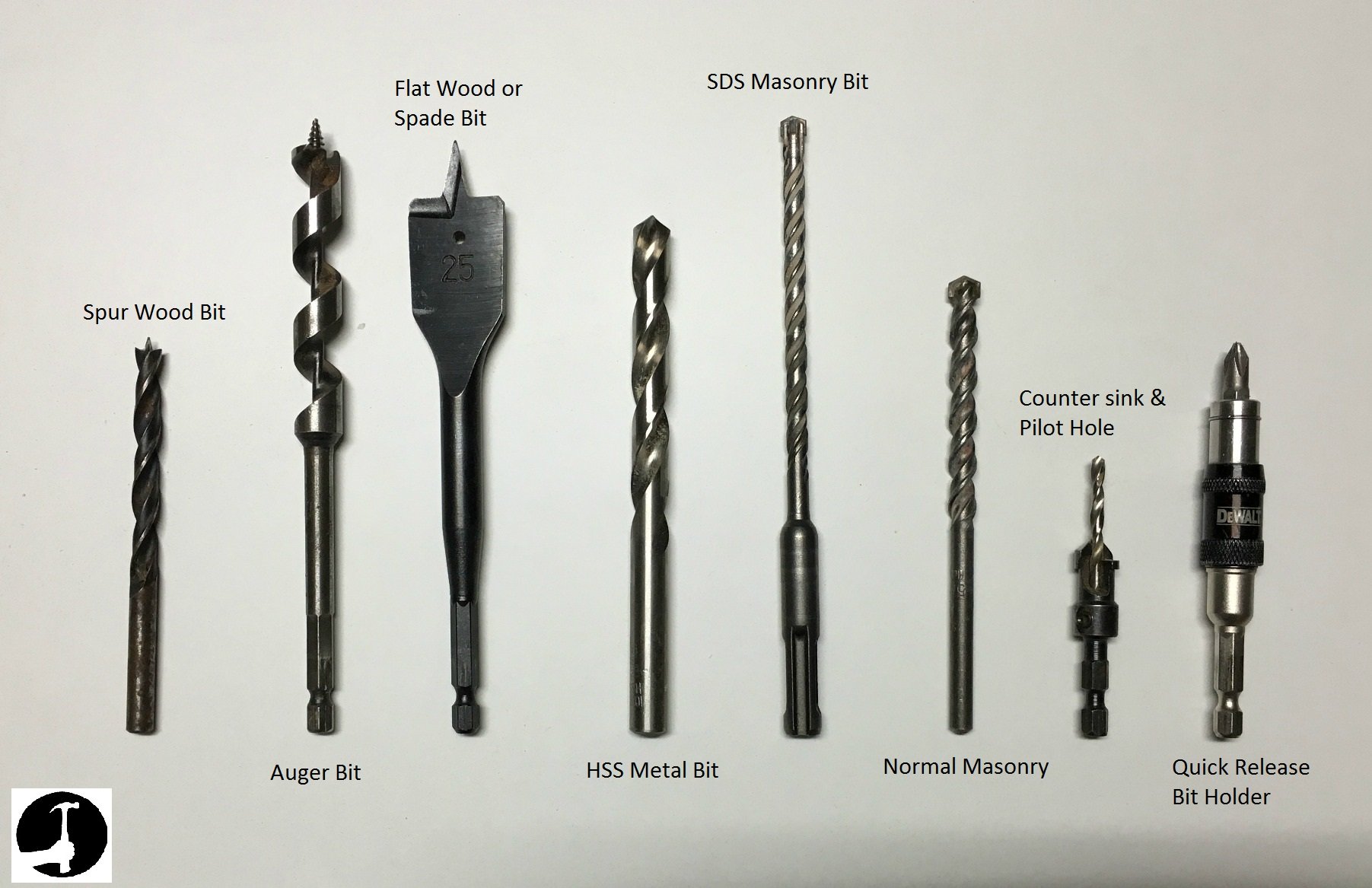
There are so many different types of drill bits available that it's confusing to know which are the best for the material you are working with and the size of the hole you need to drill.
Some of the most common holes are drilled to accept a plug or anchor for fixing, others to avoid splitting timber and sometimes holes are drilled so a pipe or something similar can be passed through an object.
The best bits you can use for wood are different to the best for drilling materials like masonry, metal, glass, ceramics, tiles you name it! On this page I'll explain which bits I use for drilling holes during carpentry and DIY jobs around the home and what type of materials and size holes can be drilled with them.
Bits are often available in a variety of lengths, short for getting into tight spaces and long for drilling long holes like through cavity walls for example. There are also a variety of shank options. Straight is the standard but you can get quick release options, SDS for use in special SDS chucks and hexagonal so the drill chuck grips much more effectively and prevents the bit spinning inside the chuck instead of the material.
HSS metal drill bits
|
HSS stands for high speed steel and these bits are for drilling steel and other non ferrous metals, at high speeds up to 13mm diameter holes. Because they are 'high speed' they can withstand the hot temperatures that are generated when drilling metal though for larger holes or thicker metal lubricating the bit with oil whilst drilling is recommended. They are also a good all round bit to use on softer materials than steel such as plastic and wood but never use them on masonry. Bricks, plaster, concrete blocks and anything similar will ruin the cutting edge on HSS bits instantly. The set of Dewalt HSS bits I use aren't cheap but they do have a smaller pilot bit at the front that prevents the bit from wandering when starting a hole and that also speeds up the time it takes to drill a hole in metal. They have a Gold ferrous oxide coating that helps prevent overheating and prolongs the life of them too. |
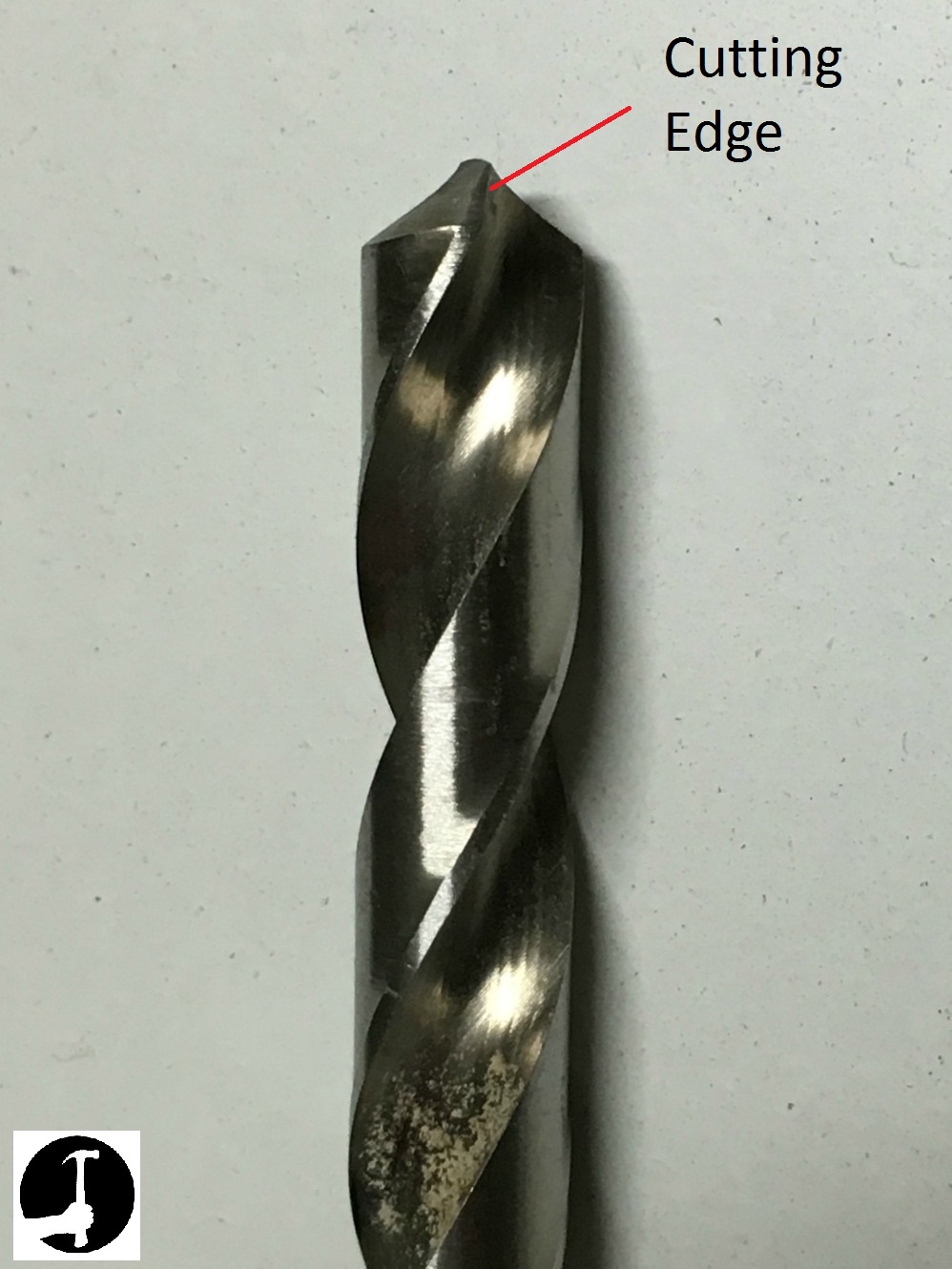 |
Masonry Drill BitsMasonry bits are for drilling holes in bricks, concrete, concrete blocks, Thermalite, cement, plaster, stone and are also good for drilling ceramic tiles. Typically they are used in a hammer or percussion drill that 'hammers' at the same time as spinning the drill bit in order to break up the hard materials (don't use the hammer action when drilling tiles!). Unlike HSS bits, masonry bits need to be used at slower speeds and it's important to move the bit in and out of the hole as you drill so as to clear the dust and debris that builds up. Masonry bits are available in really long lengths to get through both layers of brickwork in a cavity wall and can be used for holes up to around 25mm in diameter. After which a diamond tipped hole saw called a core drill is more suitable. |
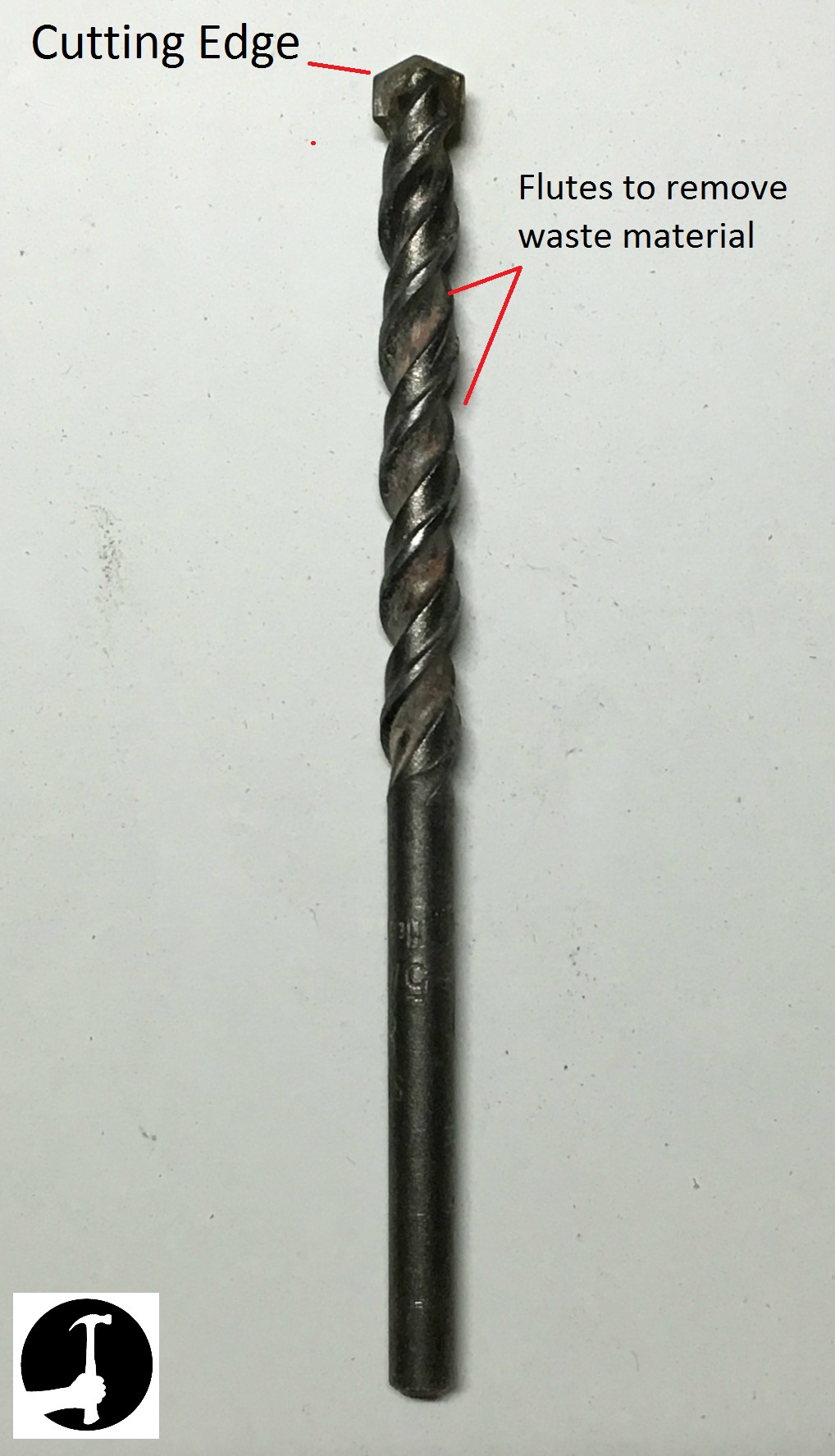 |
Auger & Flat wood drill bits
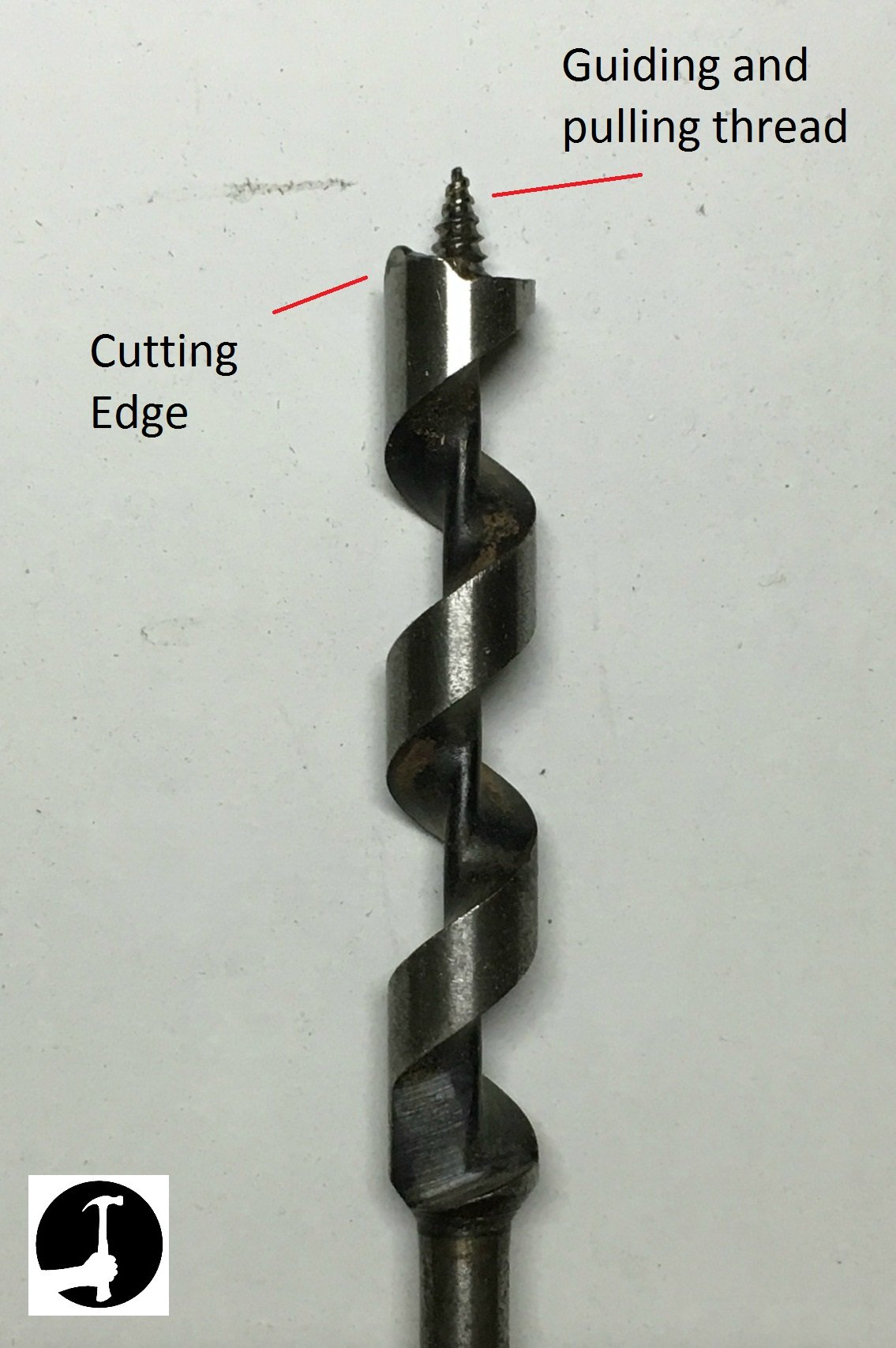 |
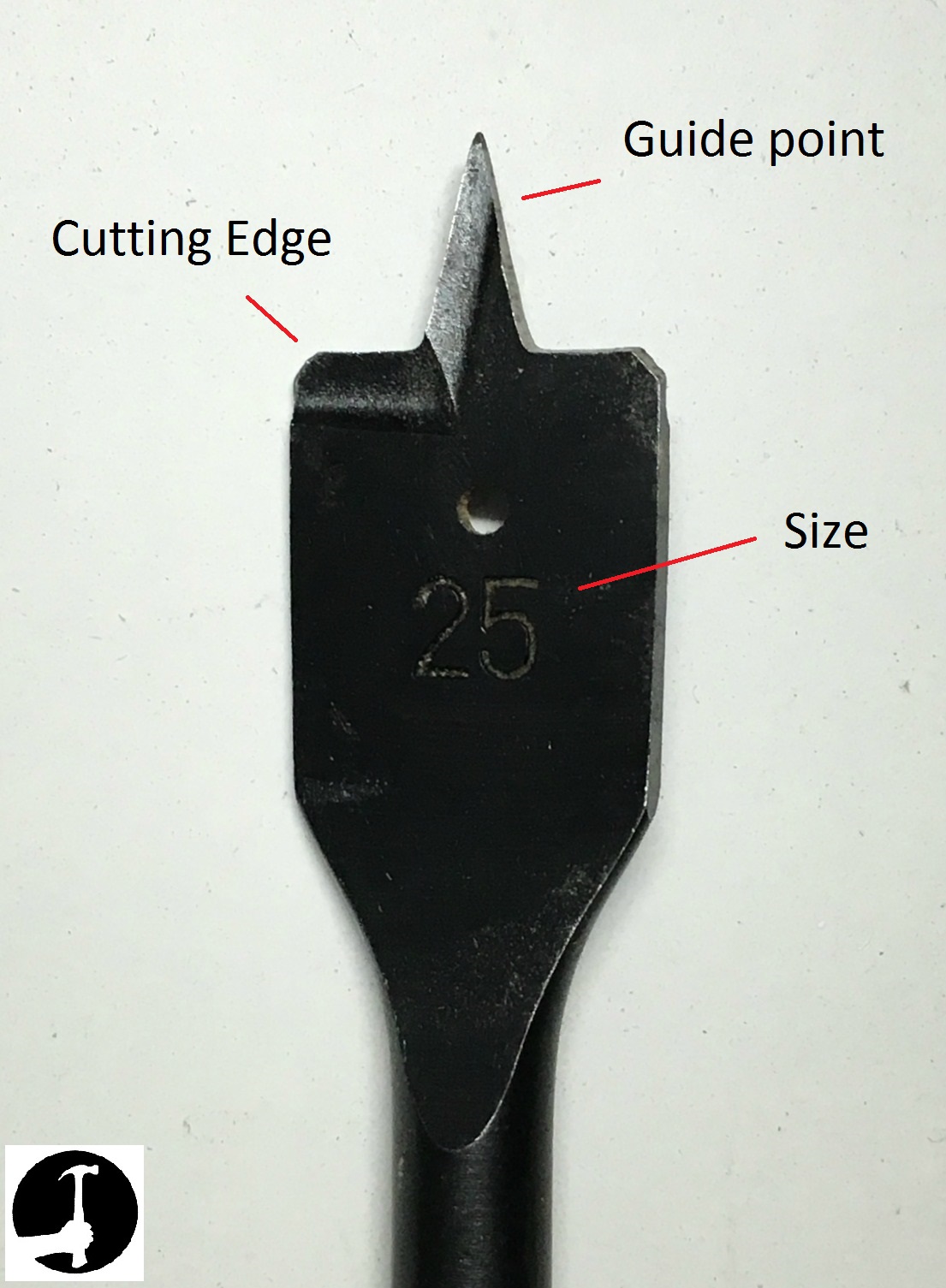 |
Both these types of drill bits are used for drilling small to medium holes in wood. Their design makes them perfect for boring long, straight holes, good for jobs like mortice locks and latches. They are really good for quickly removing lots of timber when morticing to take a tenon for example when making staircase components.
Auger bits have a threaded tip at the end that guides and pulls the rest of the bit through the timber. The next part of the bit is a cutting 'ear' that like the name suggests does the cutting and can be sharpened. The rest of the long drill bit is fluted and these flutes help to remove the waste timber. If the bit gets stuck in use, simply wind out to clear the hole and then start again.
|
Auger bits can tend to try and split timber if you are not careful when drilling a mortice lock. In these instances put a clamp on the material you are drilling to help stop the bit spreading the timber. Flat wood bits can be better for tighter spaces and are more maneuverable than an Auger bit. Whilst I use Augers mainly for finish carpentry work, I tend to use flat wood drill bits for drilling things like joists and for framing work - generally rougher jobs. Also if I need a notch when framing I can use a flat wood bit then chisel out the rest. Both types are available up to sizes around 32mm. |
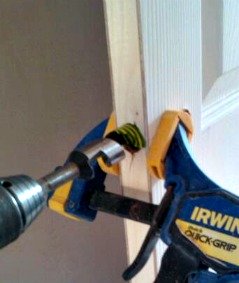 |
Drill & Countersink bits
You can buy separate countersink bits that do just that, countersink a hole for the screws head to sit flush into. I prefer using combined drill and countersink bits though with quick release shanks that save the changeover time when using both a drill bit and a countersink. They're available for loads of different screw sizes or you can bury the screw deeper and then use a plug cutter to cut a matching pellet to fill the hole with. |
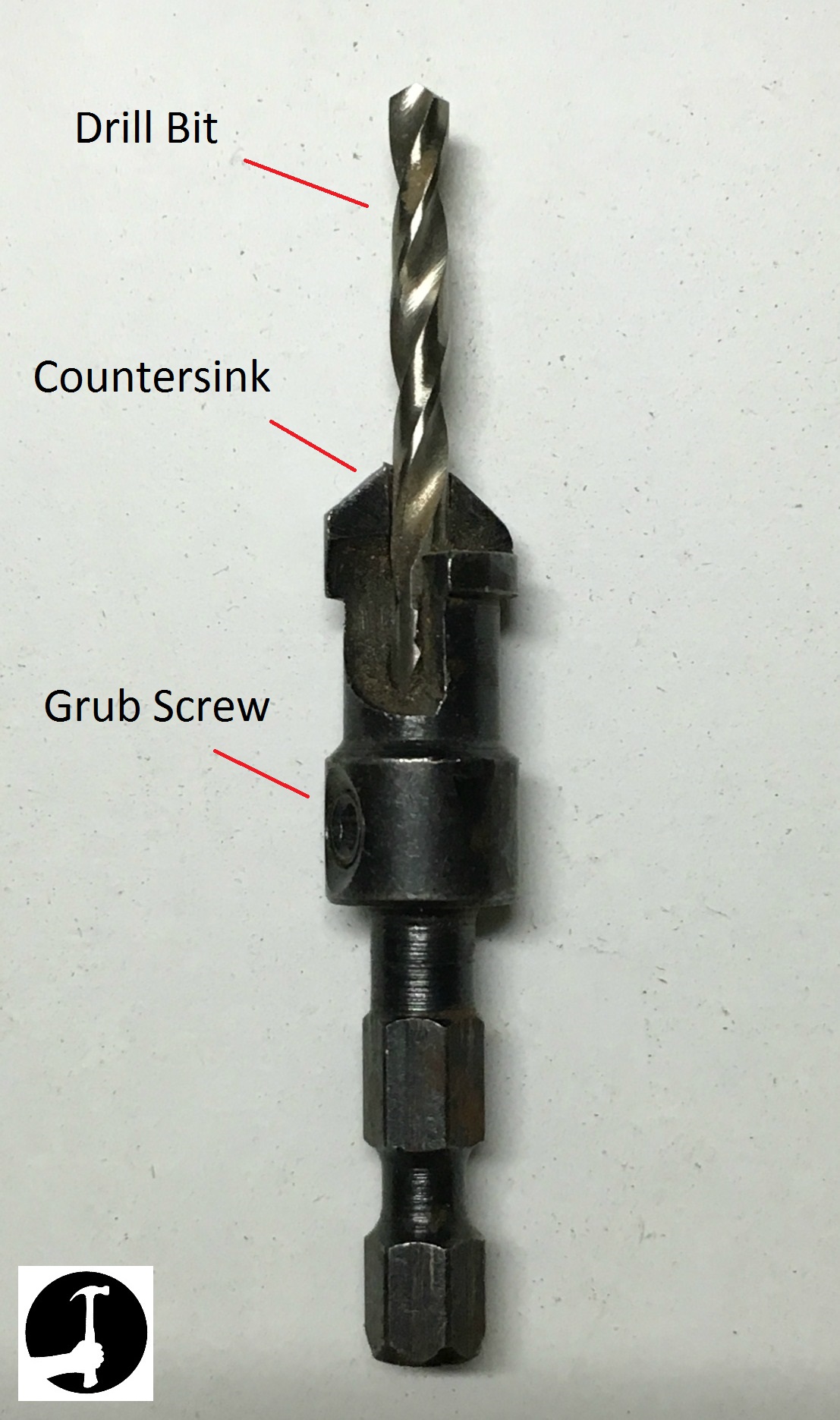 |
Flip drivers
Flip driver sets combine a pilot and countersink bit on one end with a screwdriver bit at the other.
You can simply 'flip' the bit end for end inside the quick release holder to quickly change from one application to the other. These are handy bits that I use for fixing and finish carpentry work to save carrying two or more drills.
Hole saws
Hole saws are just that, round saws you can spin with your drill to cut round holes in timber and metal. Larger holes that you can't use any other type of drill bit for are relatively easy with a hole saw. Typically when you buy a set you'll have an arbor that takes a pilot bit to keep the saw steady whilst drilling and that will lock various different sizes of hole saw into it.
Use the comments box below and let us know what drill bits do you keep handy?